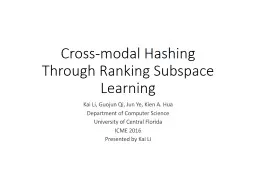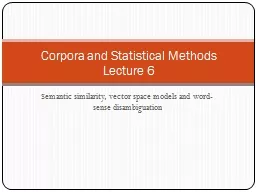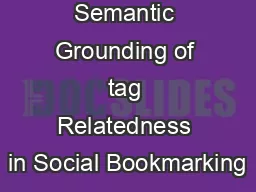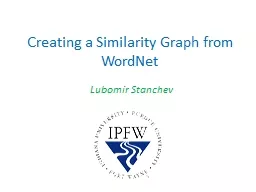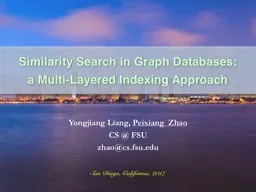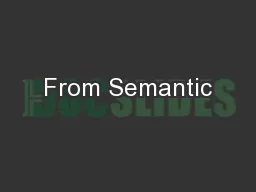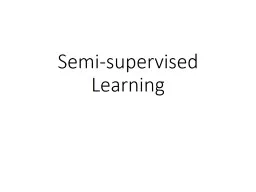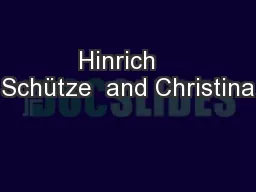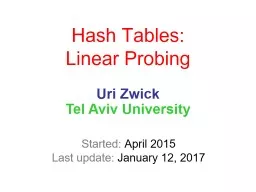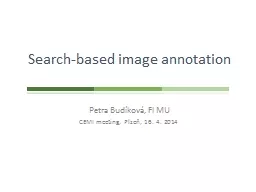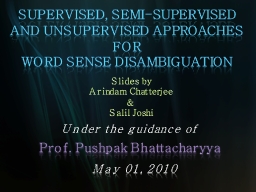PPT-Supervised ranking hash for semantic similarity search
Author : lindy-dunigan | Published Date : 2018-09-22
Kai Li GuoJun Qi Jun Ye Tuoerhongjiang Yusuph Kien A Hua Department of Computer Science University of Central Florida ISM 2016 Presented by Tuoerhongjiang Yusuph
Presentation Embed Code
Download Presentation
Download Presentation The PPT/PDF document "Supervised ranking hash for semantic sim..." is the property of its rightful owner. Permission is granted to download and print the materials on this website for personal, non-commercial use only, and to display it on your personal computer provided you do not modify the materials and that you retain all copyright notices contained in the materials. By downloading content from our website, you accept the terms of this agreement.
Supervised ranking hash for semantic similarity search: Transcript
Download Rules Of Document
"Supervised ranking hash for semantic similarity search"The content belongs to its owner. You may download and print it for personal use, without modification, and keep all copyright notices. By downloading, you agree to these terms.
Related Documents

